
Why Ultra-Sport Holidays Are Booming
For years, vacation conjured images of reclining poolside with a piña colada or wandering slowly through cobblestone alleys in a Tuscan hill town. But somewhere along the way—likely around the same time as the boom in Ironman triathlons, ultramarathons, and Strava flex culture—a new kind of holiday started quietly gaining ground. These weren’t wellness retreats or gentle hiking escapes. These were full-throttle, push-your-body-to-the-edge, and feel-every-muscle-scream adventures. Welcome to the age of ultra-sport holidays.
The phenomenon is more than a fitness fad. It’s the logical culmination of several overlapping cultural shifts: the post-pandemic appetite for meaningful challenge, the rise of biohacking and endurance culture, and a growing fatigue with passive tourism. Increasingly, travelers want transformation. They want their vacations to leave them stronger, not just more relaxed. And that’s where ultra-sport holidays come in.
Defined loosely, ultra-sport holidays are trips that revolve around extreme or high-endurance physical challenges. Think multi-day trail runs through remote wilderness, week-long cycling tours over Alpine passes, desert marathons, or long-distance open water swims. They’re intense, often painful, sometimes blissful—and always unforgettable.
Who’s Signing Up: The Numbers Behind the Trend
The rise in ultra-sport travel isn’t just anecdotal—it’s backed by a growing body of stats and data. According to the International Ultrarunners Association (IAU), participation in ultramarathons worldwide has increased more than 1,600% since 2000, with over 600,000 runners finishing an ultra-distance event annually by the early 2020s. The demographic is expanding too: once the preserve of elite athletes, today’s ultra adventurers are just as likely to be software engineers, teachers, or creatives seeking something deeper than a resort stay.
A 2023 report by Allied Market Research estimated the global adventure tourism market would reach over $1 trillion by 2032, driven largely by high-intensity subcategories like trail running, long-distance cycling, and expedition races. In the UK alone, participation in endurance challenges such as Ironman and mountain marathons rose 14% year-on-year between 2019 and 2023, even with pandemic interruptions.
Interestingly, nearly 40% of ultra-endurance travelers are women—a figure that’s rising fast, particularly in events like swimrun and high-altitude trekking. The age range is widening too: more than half of participants in major ultra-sport events fall between 30 and 49, but interest among both 20-somethings and over-50s is growing. What unites them isn’t just physical ability—it’s mindset. These travelers are goal-oriented, curious, and willing to trade comfort for personal growth.
And while fitness is a major draw, so is storytelling. According to a 2022 survey by Adventure Travel Trade Association (ATTA), 72% of travelers in high-endurance categories say they value the story of their trip more than the destination itself. That means the future of travel may be less about ticking off landmarks—and more about testing limits.
10 Ultra-Sport Holidays That Redefine Adventure
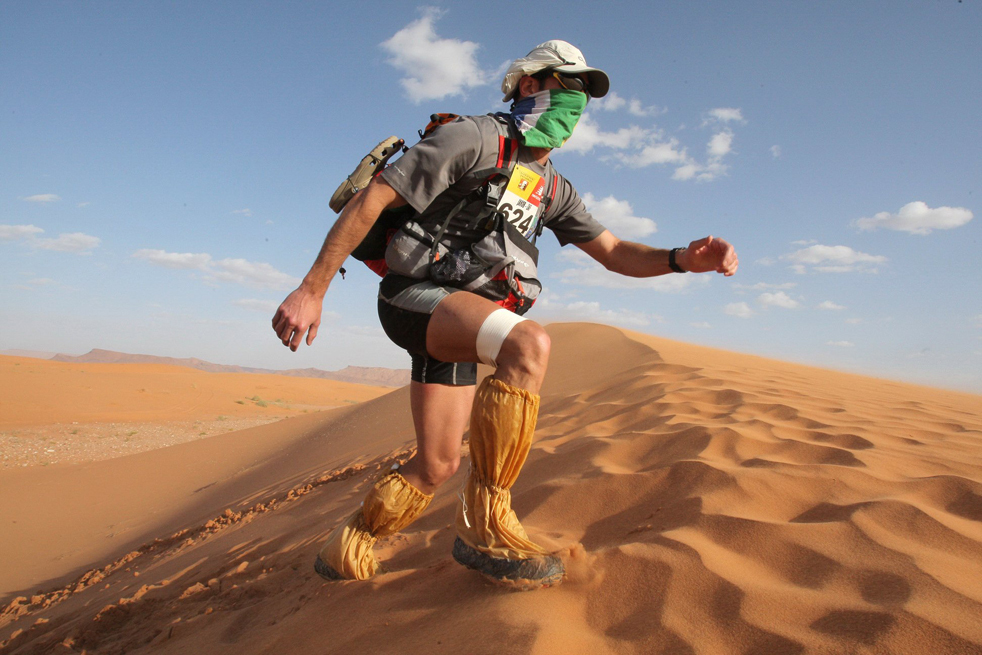
1. Marathon des Sables, Morocco
Arguably the granddaddy of all ultra challenges, the Marathon des Sables (MdS) has been torturing and exalting runners since 1986. This six-day, 250-kilometer ultramarathon takes place in the Sahara Desert, where temperatures can soar above 120°F and sandstorms can arrive without warning.
Participants must be self-sufficient, carrying their own food and gear while sleeping in communal Berber-style tents. The route changes slightly each year, but always includes stretches of towering dunes, dry riverbeds, and rocky plateaus. The MdS isn’t just a race; it’s a rite of passage, attracting endurance athletes, military veterans, and everyday masochists looking to test the limits of body and mind.
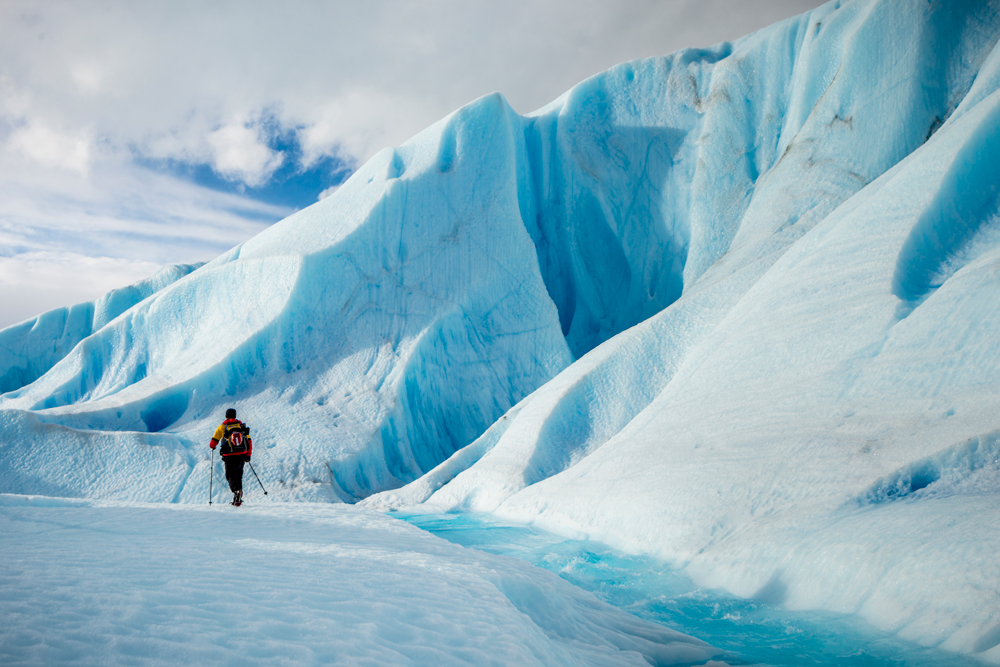
2. Patagonian Expedition Race, Chile
Dubbed “the last wild race,” this team-based adventure competition in southern Chile is a true test of resilience and resourcefulness. First held in 2004, the Patagonian Expedition Race covers more than 500 kilometers through some of the planet’s most rugged terrain—mountains, glaciers, swamps, and dense forests.
Teams navigate by map and compass (no GPS allowed), alternating between trekking, mountain biking, kayaking, and climbing. It’s not just about speed, but survival. Sleep deprivation, hypothermia, and navigation errors are par for the course. Those who finish often describe it as the most life-affirming suffering they’ve ever known.
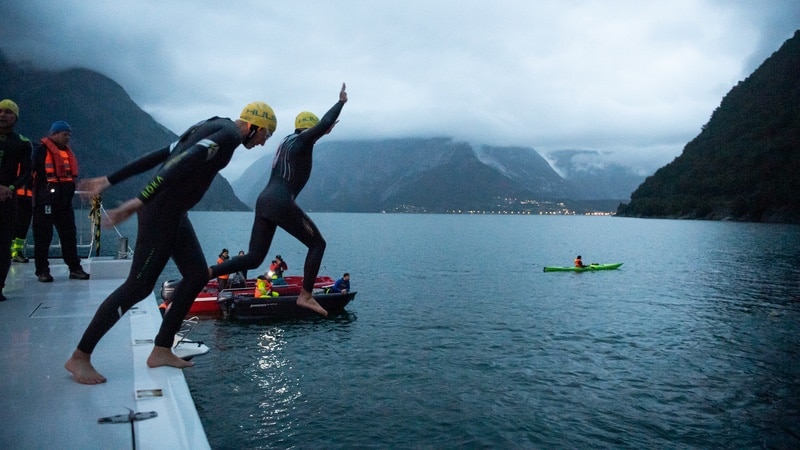
3. Norseman Xtreme Triathlon, Norway
Forget your glossy commercial triathlons with their neatly placed aid stations and smooth transitions. The Norseman is a different beast entirely. Starting with a 4-kilometer swim in the frigid waters of Norway’s Hardangerfjord (participants leap off a ferry into the black), followed by a 180-kilometer bike ride through fjords and mountain passes, and ending with a full marathon that climbs to the top of Gaustatoppen—this race is brutal.
Launched in 2003, Norseman quickly became a bucket-list item for extreme triathletes. The scenery is breathtaking, the weather unpredictable, and the finish line (literally on a mountaintop) only available to the top finishers. Everyone else ends a few kilometers below at the “cut-off” finish—still impressive, but missing that summit shot.
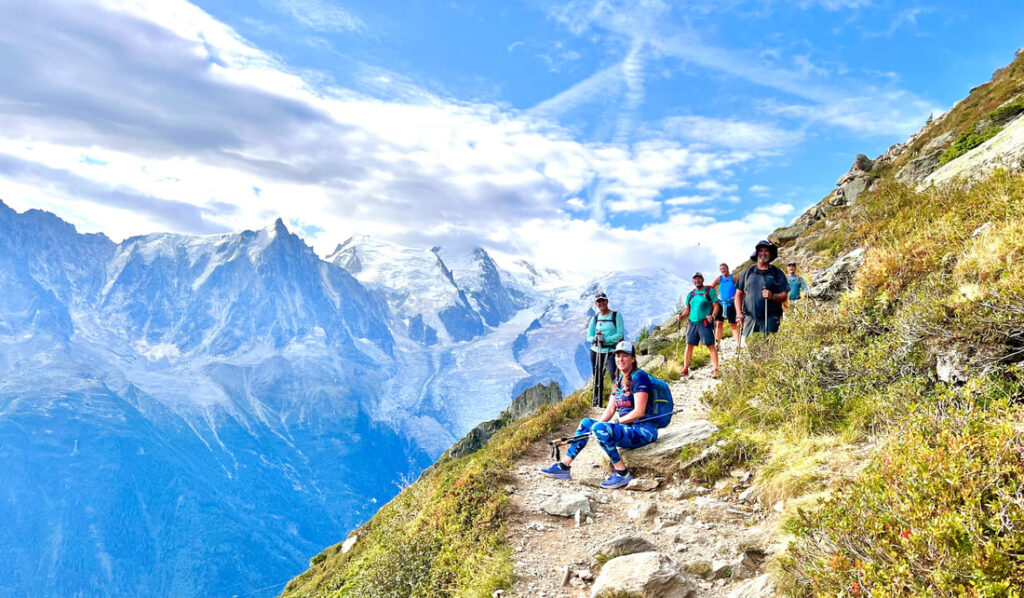
4. Tour du Mont Blanc, France/Italy/Switzerland
Circling Western Europe’s highest peak, the Tour du Mont Blanc is traditionally a long-distance hiking route, completed over 7-11 days. But in recent years, it’s become a magnet for trail runners looking for a stunning and punishing route.
The 170-kilometer loop crosses three countries, climbs over 10,000 meters, and includes alpine passes, glacial valleys, and quaint mountain villages. The Ultra-Trail du Mont-Blanc (UTMB) race is the gold standard here—a single-stage ultramarathon with cult status. But even outside the race, many take on the challenge independently, either running it self-supported or with guide services. Either way, expect sore quads and soul-shaking scenery.
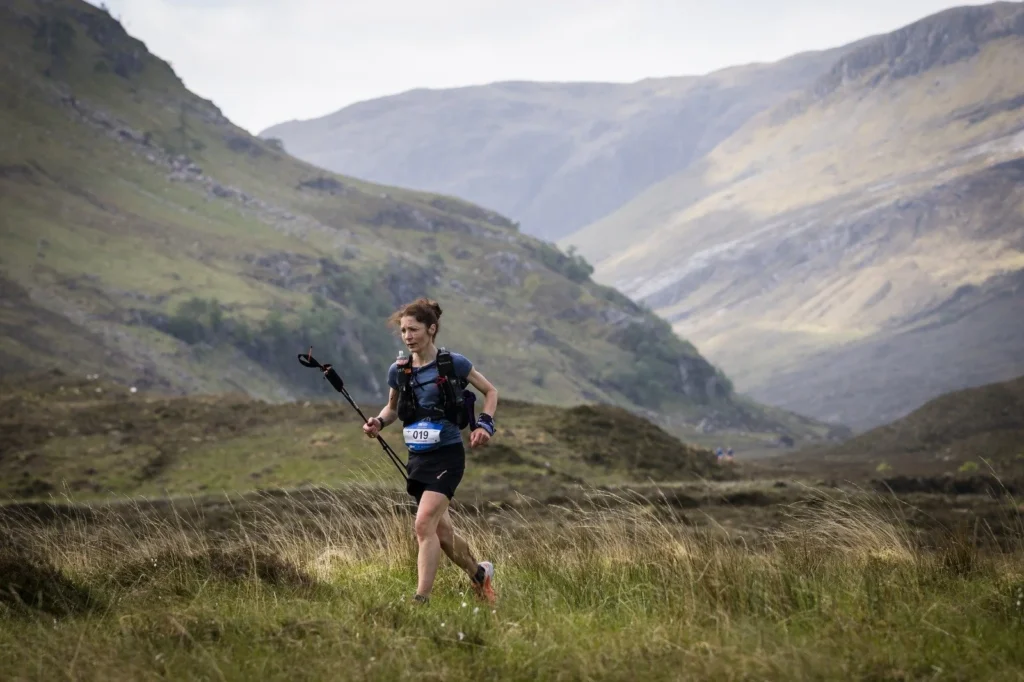
5. Highland Cross, Scotland
Part duathlon, part Highland saga, this 50-mile coast-to-coast journey across the Scottish Highlands is a uniquely local endurance test. It begins with a 20-mile hill run across rugged moorland and mountain paths, followed by a 30-mile bike ride through glens and lochs to the western coast.
Started in 1983 as a charity event, the Highland Cross has grown into one of Scotland’s most beloved endurance challenges. The event raises funds for Highland charities, and the camaraderie is as strong as the landscapes are cinematic. Expect rain, sheep, and the possibility of whisky at the finish line.
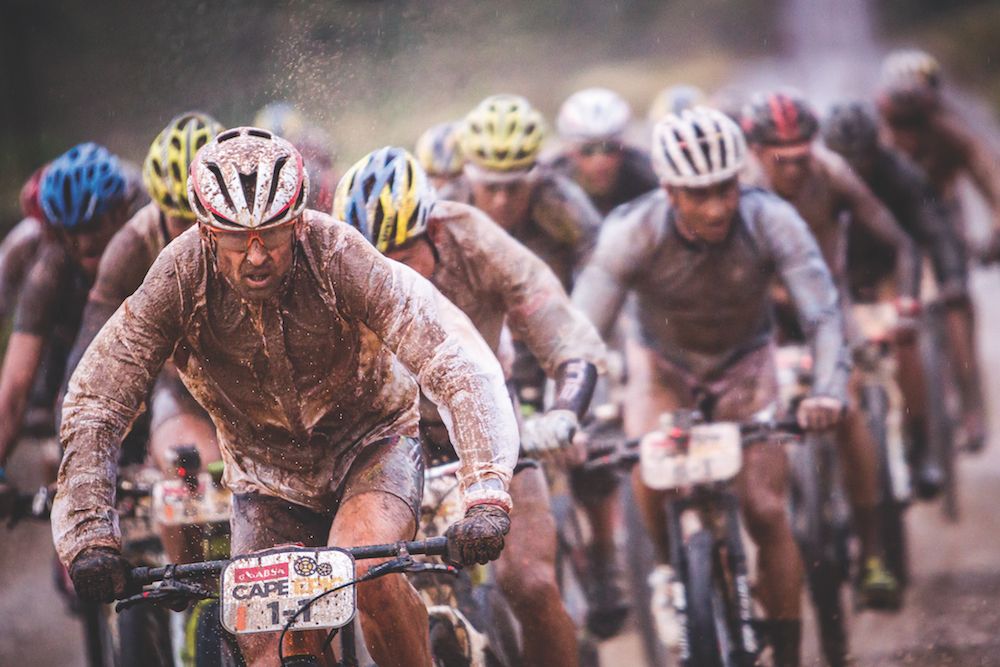
6. Cape Epic, South Africa
Known as the “Tour de France of mountain biking,” the Absa Cape Epic is an eight-day stage race through the Western Cape’s stunning and sun-scorched terrain. Riders compete in teams of two, covering nearly 700 kilometers and climbing over 15,000 meters.
First held in 2004, the Cape Epic is both a world-class competition and a celebration of Africa’s rugged beauty. The route changes annually, but always includes a mix of rocky single-track, jeep roads, and brutal climbs. Riders camp in race villages and recover under the stars, often nursing blisters and sunburn. For mountain bikers, it’s the ultimate suffer-fest.
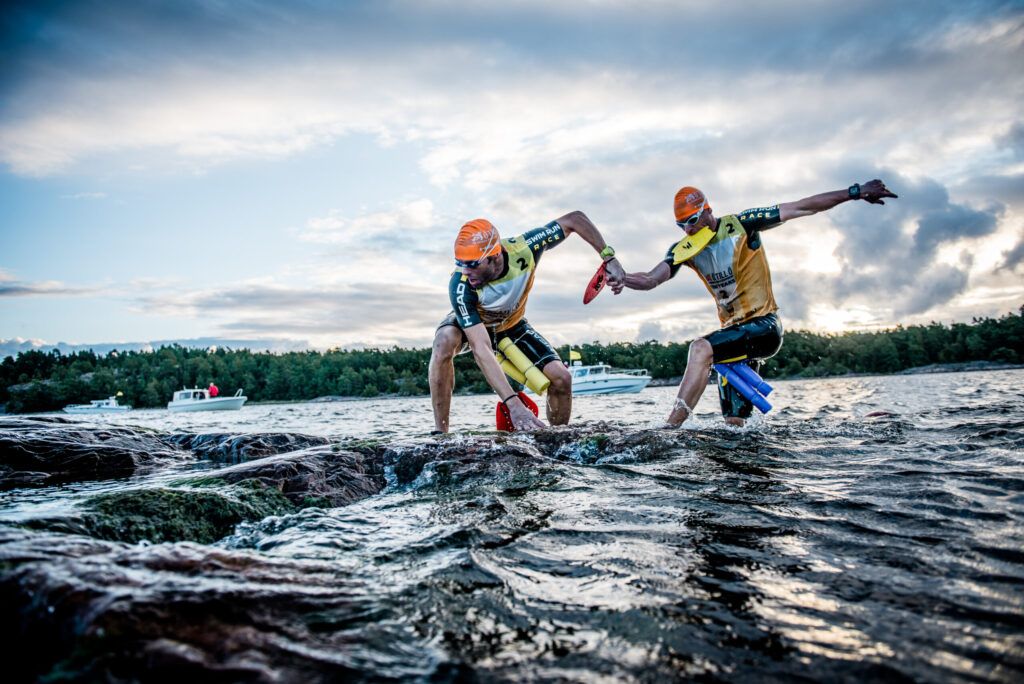
7. Swimrun World Championship (Ötillö), Sweden
Swimrun is one of the newer endurance sports on the block, and the original event, the Ötillö in Sweden, is still the gold standard. Competitors race in pairs, alternating between swimming and trail running across 75 kilometers of the Stockholm archipelago.
You swim in your shoes. You run in your wetsuit. You carry your gear the whole way. Born from a drunken bet in 2002, the sport has become a global phenomenon, but the World Championship remains fiercely challenging: 26 islands, frigid water, and constant transitions test your adaptability as much as your fitness.
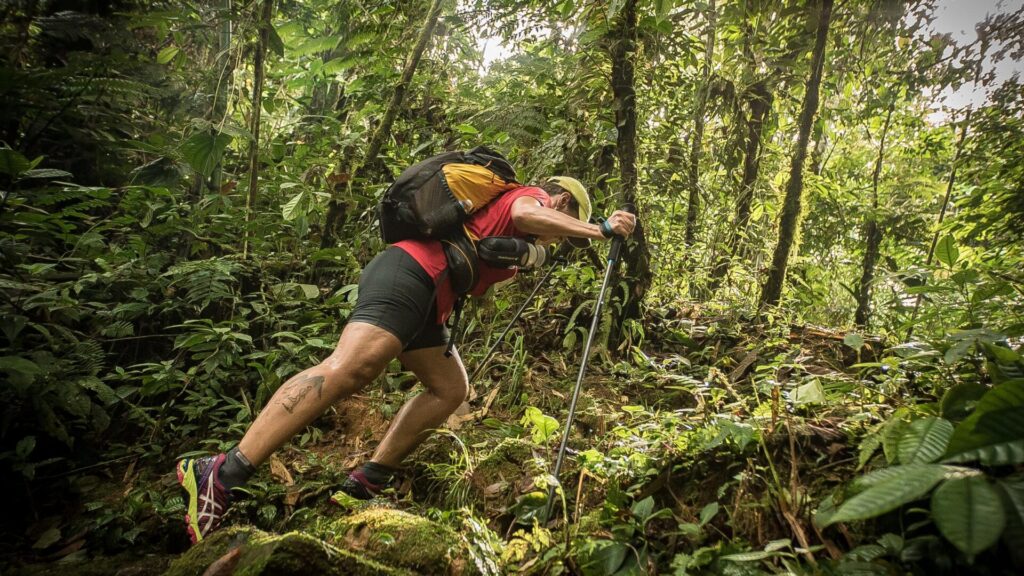
8. Jungle Ultra, Peru
Running an ultramarathon is hard. Running one through the Amazon rainforest—in extreme humidity, with river crossings, jungle wildlife, and the constant risk of trench foot—is something else entirely.
The Jungle Ultra is a five-stage, 230-kilometer self-supported race from the Andes to the lowland rainforest near Manu National Park. Participants carry their own hammocks, food, and survival gear. Days are long, sweaty, and occasionally surreal (macaws and monkeys cheer you on), and nights are a chorus of frogs and howler monkeys. It’s brutal. It’s beautiful. It’s unforgettable.
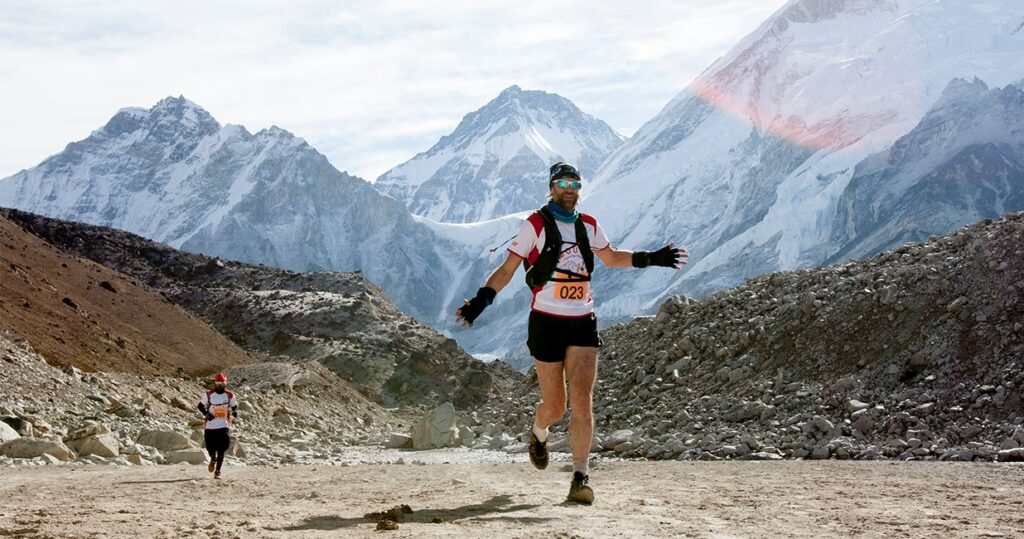
9. Everest Base Camp Ultra, Nepal
As if trekking to Everest Base Camp weren’t enough of a challenge, some lunatics choose to run it. The Everest Ultra is a high-altitude ultramarathon that starts near Gorak Shep (5,160 meters) and descends over 60 kilometers to Lukla.
Altitude is the enemy here. Oxygen is thin, the trails rocky and steep, and the weather volatile. But the cultural and natural context is unparalleled. Runners pass Buddhist monasteries, yak caravans, and staggering Himalayan vistas. Acclimatization is key, and every finisher earns more than a medal—they earn entry into a very rare club.
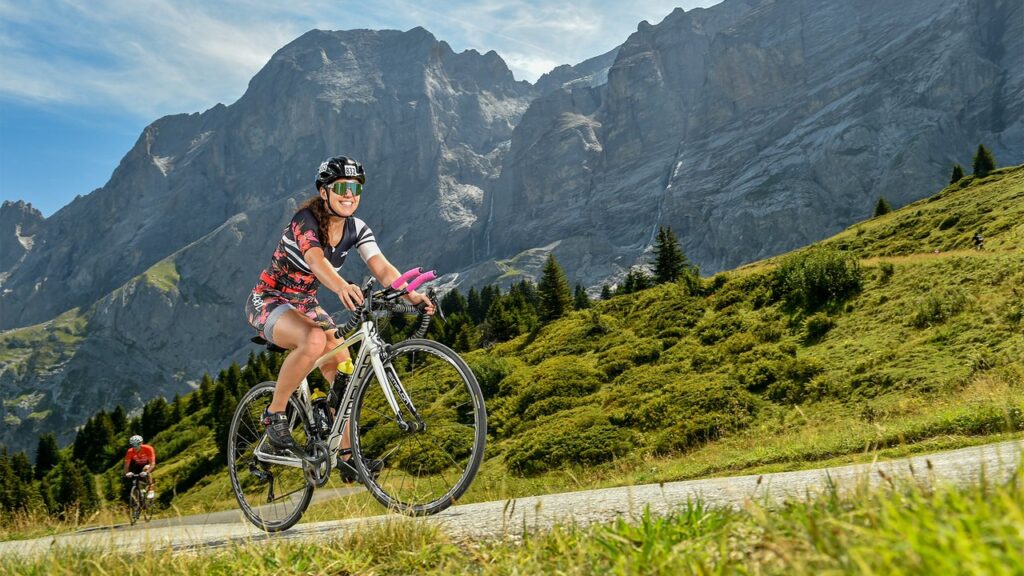
10. Inferno Triathlon, Switzerland
True to its name, the Inferno Triathlon is a 155-kilometer odyssey through the Bernese Oberland that combines swimming, road cycling, mountain biking, and a final half-marathon—straight up the Schilthorn peak.
The Inferno began in 1998 as a local challenge and has grown into one of Switzerland’s most intense multi-sport events. Athletes climb over 5,500 meters in total elevation, battling gravity and exhaustion in equal measure. The scenery is impossibly Swiss: alpine lakes, flower-filled meadows, and sheer cliffs. It hurts, but it hurts beautifully.
Why Ultra-Sport Holidays Matter
These aren’t just exercises in masochism. For many, ultra-sport holidays provide a reset more profound than any yoga retreat or beach escape. They force presence. They demand commitment. They offer moments of humility and wonder in landscapes few get to see on foot. The discipline required to train, the obstacles overcome on the course, and the camaraderie formed in shared suffering often lead to lasting mental and emotional breakthroughs.
They also tap into a deeper shift in how we travel. We’re seeing the rise of experience-first tourism, where what you do matters more than what you see. And while these holidays aren’t for everyone, for those who crave transformation over tan lines, they offer something rare and raw: clarity through motion, connection through struggle, and a vacation you’ll never forget.
If you’re thinking of diving into the world of ultra-sport travel, start small. Consider your fitness level, climate preferences, and access to proper training. Hydration, acclimatization, and recovery matter as much as endurance. Choose your challenge wisely—whether it’s an alpine trail run or a desert bike race—and give yourself time to prepare. Most importantly, travel with respect: to your body, to the environment, and to the cultures you’re moving through.
Because when you’re slogging up a mountain at 3,000 meters, soaked in sweat and swearing at your past self, you’ll want that moment to mean something. And with ultra-sport holidays, it usually does.